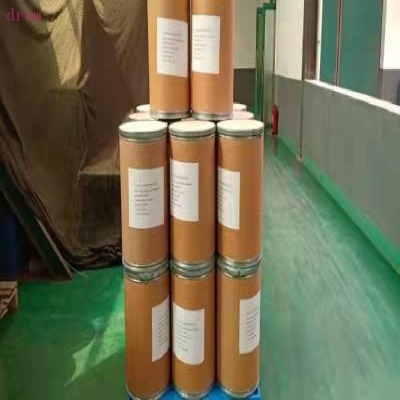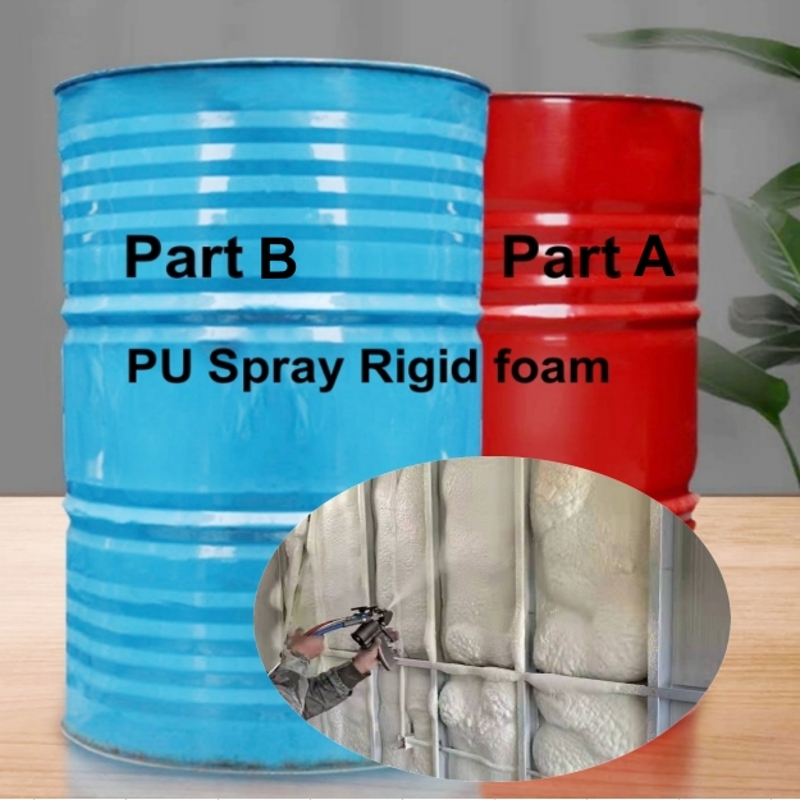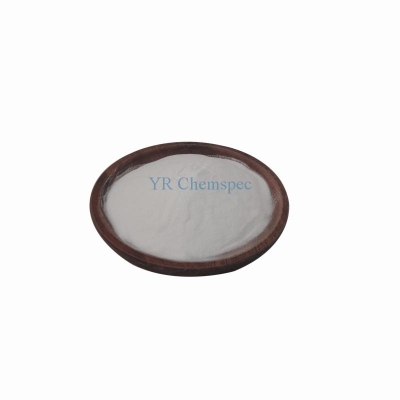-
Categories
-
Pharmaceutical Intermediates
-
Active Pharmaceutical Ingredients
-
Food Additives
- Industrial Coatings
- Agrochemicals
- Dyes and Pigments
- Surfactant
- Flavors and Fragrances
- Chemical Reagents
- Catalyst and Auxiliary
- Natural Products
- Inorganic Chemistry
-
Organic Chemistry
-
Biochemical Engineering
- Analytical Chemistry
- Cosmetic Ingredient
-
Pharmaceutical Intermediates
Promotion
ECHEMI Mall
Wholesale
Weekly Price
Exhibition
News
-
Trade Service
Speaking of Internet of Things automation, then sensors have to focus on analysis, small sensors are an important part of the rapid development of the Internet of Things, and with the rapid development momentum of the Internet of Things, sensors are also closely followed!
Sensors are moving
in the direction of sensitivity, precision, adaptability, compactness and intelligence.
In this process, fiber optic sensors, a new member of the sensor family, are gaining popularity
.
Analysis of fiber optic sensor characteristics
First, the sensitivity is high;
Second, the geometry has multi-faceted adaptability, and can be made into an optical fiber sensor of any shape;
Third, devices that can be manufactured to sense a variety of different physical information (sound, magnetism, temperature, rotation, etc.
);
4.
It can be used for high voltage, electrical noise, high temperature, corrosion, or other harsh environments;
Fifth, it has intrinsic compatibility with optical fiber telemetry technology
.
Optical fiber sensors have a wide range of applications, mainly in the following aspects:
Application of interference gyroscopes and grating pressure sensors for bridges, dams, oil fields, etc.
in urban construction
.
Fiber optic sensors can be embedded in concrete, carbon fiber reinforced plastics, and various composite materials to test stress relaxation, construction stress, and dynamic load stress to evaluate the structural performance
of bridges in the short-term construction phase and long-term operation.
In the power system, it is necessary to measure temperature, current and other parameters, such as the detection of the stator of high-voltage transformers and large motors, the temperature in the rotor, etc.
, because the electric sensor is susceptible to electromagnetic field interference, can not be used in such occasions, can only use optical fiber sensors
.
For example, distributed optical fiber temperature sensor is a high-tech
developed in recent years for real-time measurement of spatial temperature field distribution.
It is used for temperature measurement
of production processes and equipment of flammable and explosive materials.
Optical fiber sensors are essentially fireproof and explosion-proof devices, which do not require flameproof measures and are very safe and reliable
.
Compared to electrical sensors, it can both reduce costs and improve sensitivity
.
It can also be used for railway monitoring, rocket propulsion systems, and well inspection
.
In short, the Internet of Things and optical fiber sensing complement and promote each other
.
Optical fiber has the significant advantages
of broadband, large capacity, long-distance transmission and multi-parameter, distributed, and low-energy sensing.
Optical fiber sensing can continue to absorb new technologies of optical fiber communication (such as new semiconductor light sources, new optical fibers), new devices, and various optical fiber sensors are expected to be widely used
in the Internet of Things.
Optical fiber technology has broad application prospects in the Internet of Things, and all-optical Internet of Things is expected to appear in the future and become a new form of Internet of
Things.
Speaking of Internet of Things automation, then sensors have to focus on analysis, small sensors are an important part of the rapid development of the Internet of Things, and with the rapid development momentum of the Internet of Things, sensors are also closely followed!
Sensors are moving
in the direction of sensitivity, precision, adaptability, compactness and intelligence.
In this process, fiber optic sensors, a new member of the sensor family, are gaining popularity
.
Analysis of fiber optic sensor characteristics
Analysis of fiber optic sensor characteristicsFirst, the sensitivity is high;
Second, the geometry has multi-faceted adaptability, and can be made into an optical fiber sensor of any shape;
Third, devices that can be manufactured to sense a variety of different physical information (sound, magnetism, temperature, rotation, etc.
);
4.
It can be used for high voltage, electrical noise, high temperature, corrosion, or other harsh environments;
Fifth, it has intrinsic compatibility with optical fiber telemetry technology
.
Optical fiber sensors have a wide range of applications, mainly in the following aspects:
Application of interference gyroscopes and grating pressure sensors for bridges, dams, oil fields, etc.
in urban construction
.
Fiber optic sensors can be embedded in concrete, carbon fiber reinforced plastics, and various composite materials to test stress relaxation, construction stress, and dynamic load stress to evaluate the structural performance
of bridges in the short-term construction phase and long-term operation.
In the power system, it is necessary to measure temperature, current and other parameters, such as the detection of the stator of high-voltage transformers and large motors, the temperature in the rotor, etc.
, because the electric sensor is susceptible to electromagnetic field interference, can not be used in such occasions, can only use optical fiber sensors
.
For example, distributed optical fiber temperature sensor is a high-tech
developed in recent years for real-time measurement of spatial temperature field distribution.
It is used for temperature measurement
of production processes and equipment of flammable and explosive materials.
Optical fiber sensors are essentially fireproof and explosion-proof devices, which do not require flameproof measures and are very safe and reliable
.
Compared to electrical sensors, it can both reduce costs and improve sensitivity
.
It can also be used for railway monitoring, rocket propulsion systems, and well inspection
.
In short, the Internet of Things and optical fiber sensing complement and promote each other
.
Optical fiber has the significant advantages
of broadband, large capacity, long-distance transmission and multi-parameter, distributed, and low-energy sensing.
Optical fiber sensing can continue to absorb new technologies of optical fiber communication (such as new semiconductor light sources, new optical fibers), new devices, and various optical fiber sensors are expected to be widely used
in the Internet of Things.
Optical fiber technology has broad application prospects in the Internet of Things, and all-optical Internet of Things is expected to appear in the future and become a new form of Internet of
Things.







